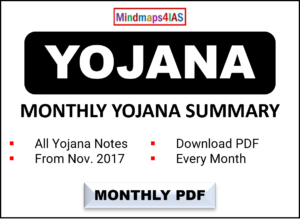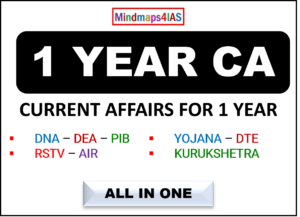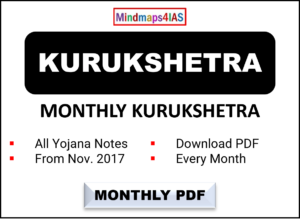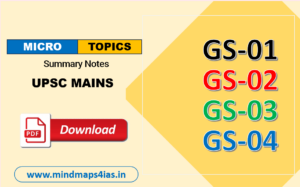Knowledge Booster: Z-Morh Tunnel (Sonamarg Tunnel)
Subject: Geography and Infrastructure
Relevance: Understanding the significance of the Z-Morh Tunnel is essential for UPSC aspirants as it highlights critical infrastructure developments, strategic military considerations, and economic impacts in the context of Jammu and Kashmir.
Relevance: Understanding the significance of the Z-Morh Tunnel is essential for UPSC aspirants as it highlights critical infrastructure developments, strategic military considerations, and economic impacts in the context of Jammu and Kashmir.
Why in the News?
On January 20, 2025, Prime Minister Narendra Modi inaugurated the Z-Morh Tunnel, which has been renamed the Sonamarg Tunnel. This infrastructure project is designed to provide all-weather connectivity to the Sonamarg tourist destination and facilitate year-round access between Kashmir and Ladakh.
Key Takeaways
- Tunnel Specifications:
- The Z-Morh Tunnel is a 6.4 km bi-directional tunnel with an approach road of 5.6 km.
- It connects the Sonamarg health resort with Kangan town in the Ganderbal district of central Kashmir.
- The tunnel was named after a Z-shaped road stretch that previously existed at the site, which was prone to snow avalanches.
- Project Background:
- Initiated by the Border Roads Organisation (BRO) in 2012, the project faced various challenges and was later taken over by the National Highways and Infrastructure Development Corporation Limited (NHIDCL).
- The soft opening occurred in February 2024, but official inauguration was delayed due to local assembly elections.
Significance of Z-Morh Tunnel
Strategic Importance
- Military Connectivity:
- The Z-Morh Tunnel is part of the larger Zojila Tunnel project, aimed at providing all-weather connectivity from Srinagar to Ladakh.
- It will enable quick access for military personnel to border areas in Ladakh, essential for national security given current geopolitical tensions.
- Enhanced Accessibility:
- The tunnel will facilitate safe connectivity between key regions: Srinagar, Dras, Kargil, and Leh.
- It reduces reliance on air transport for military logistics, thus lowering operational costs and extending aircraft lifespan.
Economic Impact
- Tourism Development:
- The Sonamarg Tunnel will significantly boost tourism by ensuring year-round access to the Sonamarg health resort, which is vital for local businesses that depend on seasonal visitors.
- Trade and Transportation:
- Improved connectivity will enhance trade between Kashmir and Ladakh, benefiting farmers and traders who utilize the Srinagar-Leh highway for transporting goods.
- The expected increase in investment could uplift local economies and improve living standards for residents.
Beyond the Nugget: Other Key Infrastructure Projects in Jammu and Kashmir
- Zojila Tunnel:
- Connecting Sonamarg with Drass, this tunnel aims to provide all-weather connectivity to Ladakh, reducing travel time from over three hours to just 15 minutes. The project is expected to be completed by December 2030.
- Srinagar Semi Ring Road:
- Aimed at alleviating traffic congestion in five districts, this project includes a 60-km road stretch with multiple culverts and bridges, with a revised completion date set for June 2025.
- Ratle Hydroelectric Power Project:
- An 850-MW project on the Chenab River in Kishtwar district, consisting of two power stations and a high gravity dam.
- Kwar Hydroelectric Power Project:
- A 540-MW project under construction at Padyarna village, featuring a concrete gravity dam.
- Pakal Dul Power Project:
- This project includes a high concrete gravity dam on the Marusudar River with four power units of 250 MW each, scheduled for completion by September 2025.
- Kiru Hydroelectric Power Project:
- A 624-MW project on the Chenab River comprising a concrete gravity dam and multiple powerhouses.
The inauguration of the Z-Morh Tunnel marks a significant advancement in infrastructure development within Jammu and Kashmir, enhancing both military readiness and economic prospects for the region. Understanding these developments is essential for UPSC aspirants as they reflect broader themes of national security, regional development, and strategic planning.
















